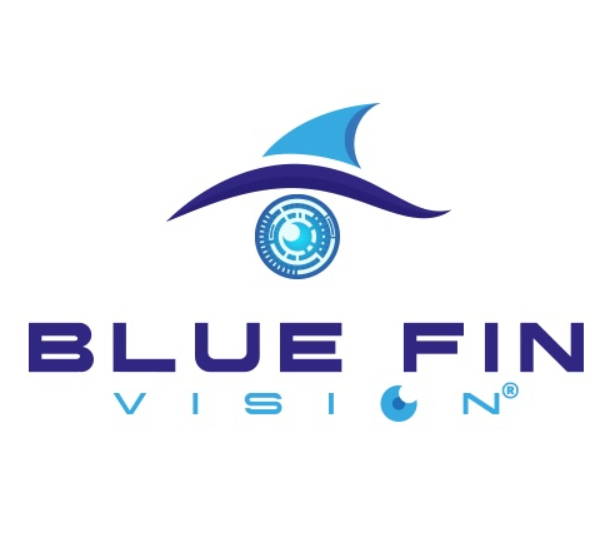
Vision correction is essential for people with refractive errors such as nearsightedness, farsightedness, and astigmatism. While traditional methods like glasses and contact lenses have been in use for decades, laser eye surgery has emerged as a more permanent and technologically advanced solution. Understanding the differences between Laser eye surgery methods can help individuals choose the best option for their lifestyle and needs.
Eyeglasses: A Simple and Accessible Option
Eyeglasses are the most common and least invasive form of vision correction. They work by bending light as it enters the eye to correct the focus on the retina. Glasses are easy to use, widely available, and come in a variety of styles and prescription ranges.
One of the main advantages of glasses is that they are non-invasive and pose no risk to the eyes themselves. They are ideal for children, elderly individuals, and those who may not qualify for surgical procedures. However, glasses can be inconvenient during physical activities, may fog up in certain environments, and can become easily scratched or damaged.
Contact Lenses: A Discreet and Flexible Alternative
Contact lenses offer greater freedom than glasses and provide a wider field of vision because they sit directly on the eye. They are especially popular among people who lead active lifestyles or prefer not to wear frames.
There are various types of contact lenses available, including daily disposables, extended-wear lenses, and specialized lenses for specific eye conditions. However, wearing contacts requires proper hygiene and regular replacement to avoid infections or eye irritation. Some users may also experience dryness or discomfort, especially after long hours of wear.
While contacts provide clear vision and convenience, they are a recurring expense and require ongoing maintenance, which may not suit everyone.
Laser Eye Surgery: A Long-Term Solution
Laser eye surgery is a modern technique that reshapes the cornea using a precision laser to correct refractive errors. It is considered a long-term or even permanent solution for many people. The procedure is quick, relatively painless, and has a high success rate.
One of the biggest advantages of laser eye surgery is the freedom it offers from glasses and contact lenses. Most patients experience improved vision within a day or two after surgery. The results are typically long-lasting, although age-related changes may still require reading glasses later in life.
However, laser surgery is not suitable for everyone. People with thin corneas, unstable prescriptions, or certain eye conditions may not be eligible. There are also minor risks involved, such as dry eyes, glare, or undercorrection, but these are uncommon and often temporary.
Choosing the Right Method
The right vision correction method depends on individual preferences, lifestyle, medical history, and budget. Glasses are low-risk and cost-effective but may feel limiting for some. Contacts offer more freedom but come with higher maintenance. Laser eye surgery provides long-term benefits and convenience, but it requires a thorough evaluation and involves some upfront costs.
Consulting with an eye care professional is the best way to determine which option aligns with your needs and expectations. Each method has its pros and cons, but all aim to achieve the same goal — clearer, more comfortable vision.
Conclusion
Comparing traditional vision correction methods with laser eye surgery highlights a range of choices for managing refractive errors. While glasses and contacts remain effective, laser surgery offers a modern, lasting solution for those seeking independence from daily corrective lenses. With the right guidance and information, individuals can make an informed decision to enhance their visual quality and lifestyle.